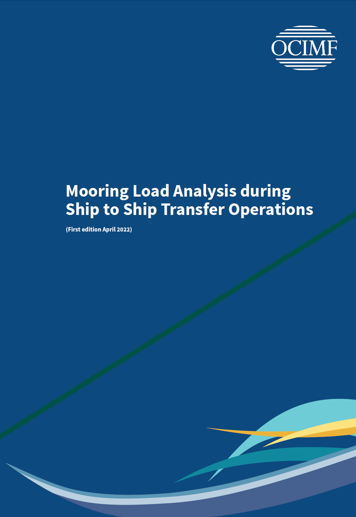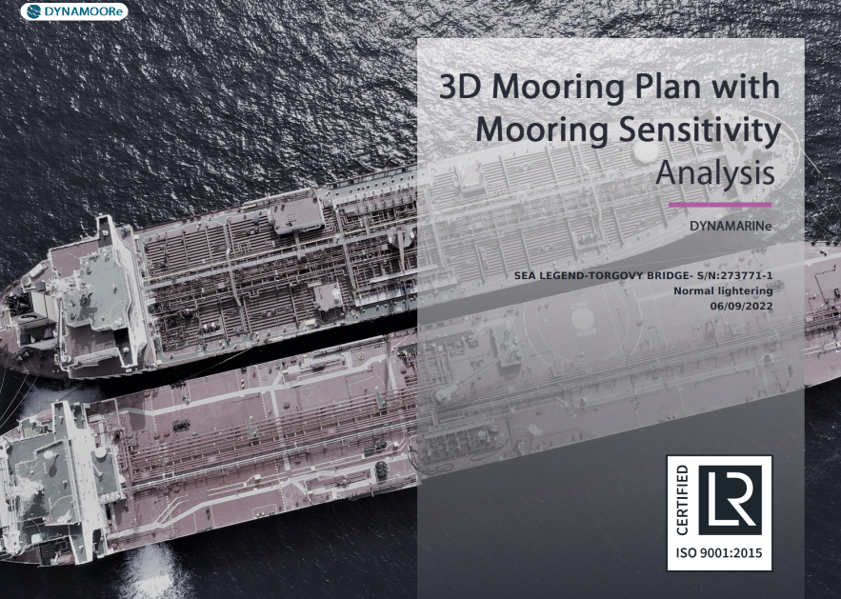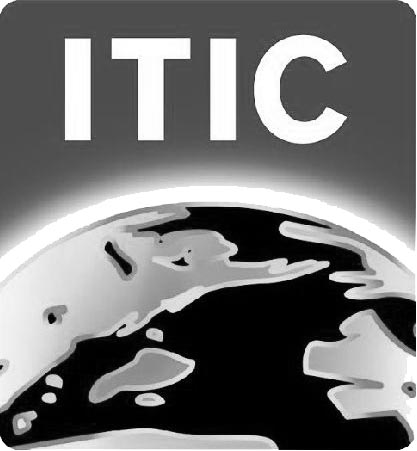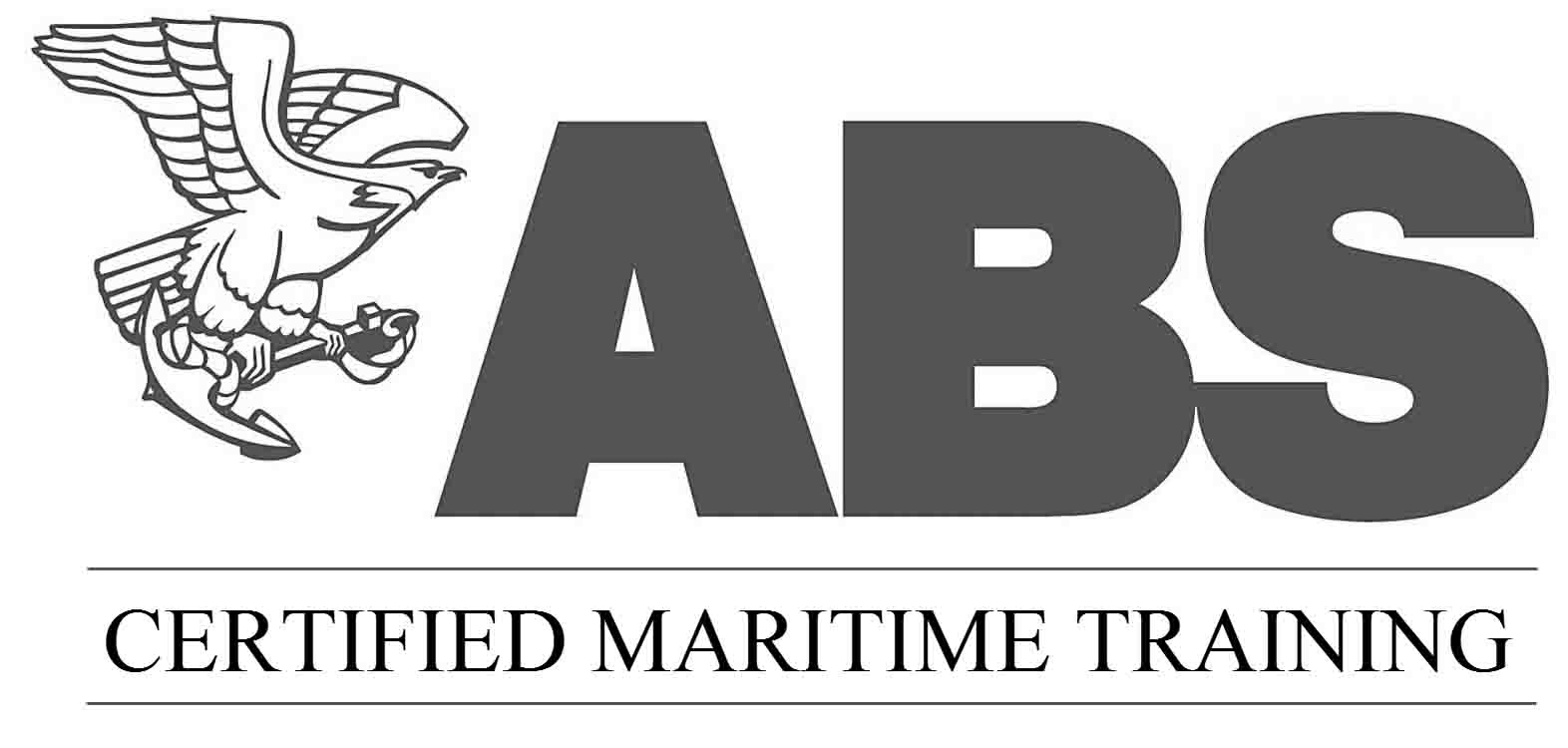STS Mooring Patterns and Weather Thresholds
01-09-2022
|
|
Circular We would like to inform you that OCIMF has recently published a new very interesting guideline that provides updated and revised data from Appendix three of the 3rd Edition of the STS guide (2005). The new study was based on numerical simulations and CFD analysis in order to provide these new robust results. The new guideline focus on the following parameters:
It is evident that this best practice guide introduces threshold criteria under certain mooring patterns. Technical Operators/ Masters/ STS Service Providers should consider when planning for STS, especially in the drafting of the JPO and the Mooring Plan. The most important findings/ challenges from the recent guide are the following:
We consider that although the numerical analysis presented in the OCIMF study is based upon reliable data and analysis, it should be assessed with extreme care by shipborne personnel since its practical interpretation may be difficult for some tanker operators with a lack of necessary resources.Organizations with expertise in the design and analysis of mooring patterns during STS may be considered as a supplement to existing measures. We don't expect that the majority of senior deck officers have the expertise to interpret the data of the recent OCIMF report and apply them in STS Operations with specific vessels. DYNAMARINe has developed as a service the 3d-Mooring Plan, which assists the Master and STS Service Provider to gain a better understanding of the response of Mooring Lines during STS with specific vessels. The Plan includes the vessel position prior to and after the STS, as well as the Mooring Line behavior subject to relative vessel movement. It provides value to the shipowner since it assists senior deck officers in assessing weather limitations vs mooring behavior, in a scaled drawing. It also adds value to the preparedness and risk assessment of Ship to Ship The 3d-Mooring Plans by DYNAMARINe can be developed within a few hours or even minutes. As we speak, our Team has the capacity to create Mooring Plans for more than 6500 vessels. DYNAMARINe has invested in developing a library of digital files of ships, over the past 18 months, in order to have the capacity to respond promptly to customer requests This new OCIMF best practice guideline, regardless of its new findings, is very important and covers a gap that was missing until now. The application of the best practice though needs to be in line with ISM requirements since both the mooring lines and weather conditions are hazards that have to be properly safeguarded by the technical operators and DYNAMARINe is ready to provide such support through development with a vision to safe STS operations. Please feel free to contact us for samples and pricing. We offer ad-hock solutions and block deal packages. For further information please feel free to contact DYNAMARINe at info@dynamarine.com |
DYNAMARINe Team
2 ARKADIAS AND 125 GOUNARI STR, Glyfada 16561, Greece, T:+65 31590353, +302109628379, E:info@dynamarine.com






